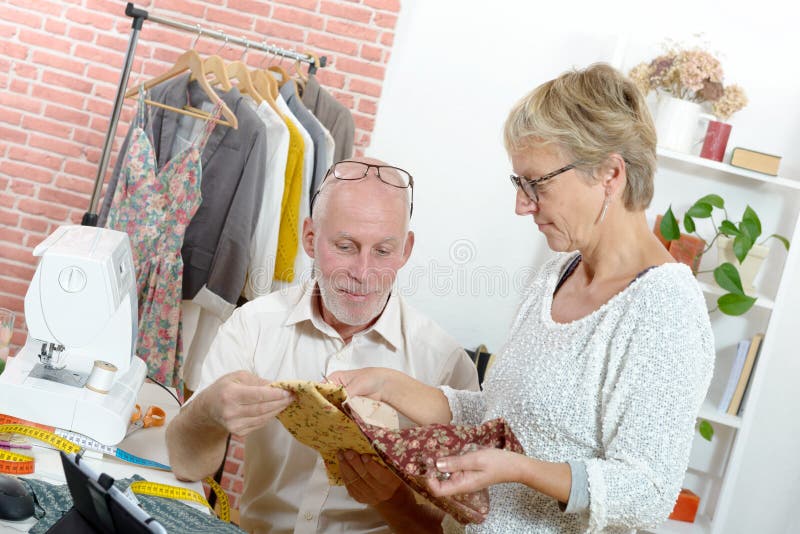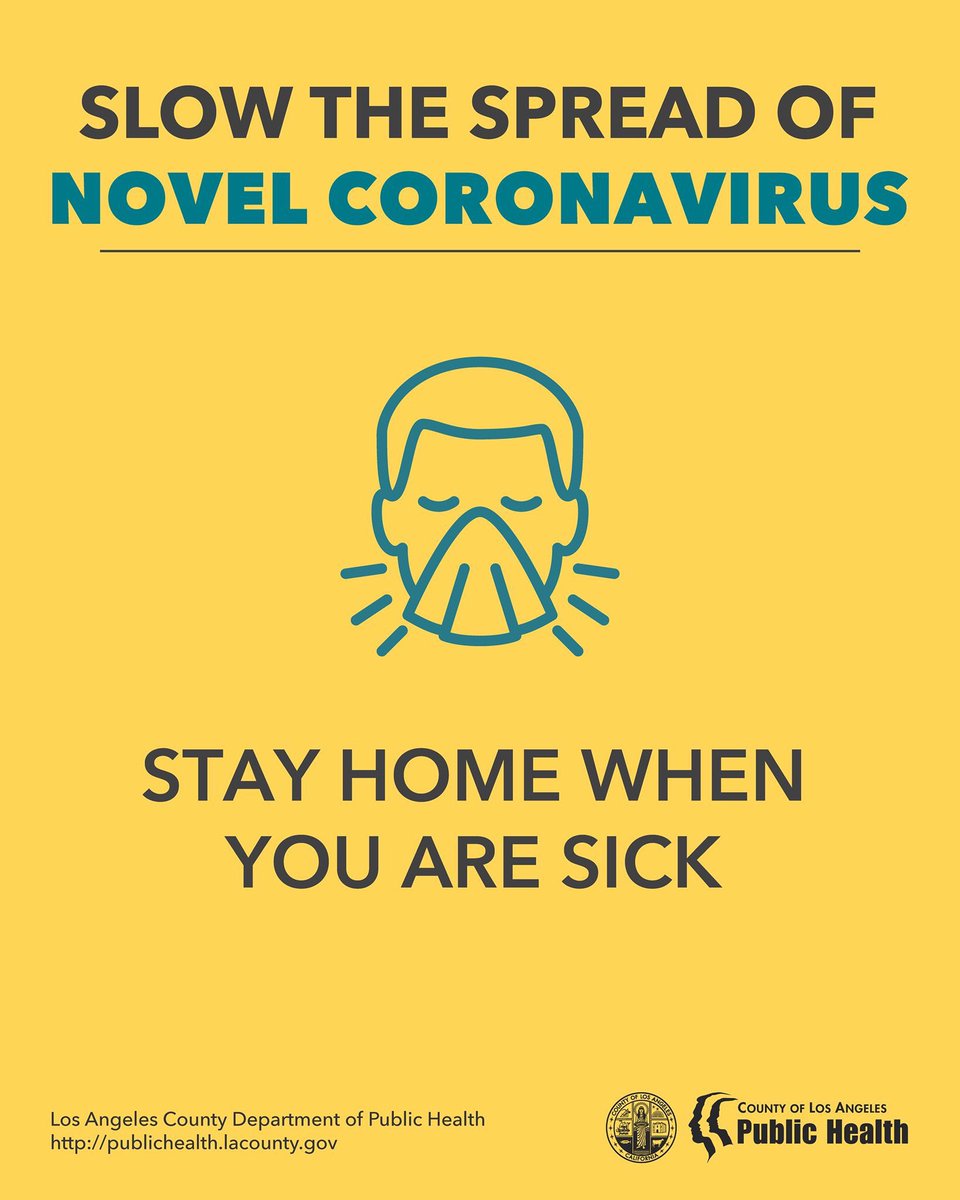

- Assistant fashion designer jobs software#
- Assistant fashion designer jobs professional#
The Chartered Society of Designers offers a Diploma in Design Business Management, which may be relevant if you intend to become self-employed or freelance.įeatured Job Guide - Laboratory Technician
Assistant fashion designer jobs professional#
Some employers will support you with professional development, including TI accredited courses. There are three levels of membership: Licentiate, Associate and Fellow, which would give you access to conferences, seminars and short courses. You can achieve professional recognition by joining the Textile Institute (TI). To get on to a course at this level, you will usually need a relevant first degree. Postgraduate degrees and diplomas in specialised areas of textiles, design and other related subjects are also available. For example, London College of Fashion offers courses ranging from fashion styling to a guide to starting your own fashion label. You can continue to develop your knowledge and skills by attending short courses and masterclasses. Any work experience you gain will give you an advantage when it comes to getting a job.

These are often unpaid apprenticeships that allow you to develop work-based skills and knowledge, as well as a network of contacts in the industry. You may be able to gain industry experience as part of your degree course or by arranging to work with a company as an intern. Check with individual course providers for details of their entry requirements. To search for colleges and universities offering fashion and textile-related courses and degrees, visit the Universities and Colleges Admissions Service (UCAS) website.
 A portfolio of work including moodboards, designs, drawings, garments or products (a degree course should help you develop this body of work). An understanding of computer aided cutting machinery.
A portfolio of work including moodboards, designs, drawings, garments or products (a degree course should help you develop this body of work). An understanding of computer aided cutting machinery. Assistant fashion designer jobs software#
A working knowledge of design software (such as Illustrator and Photoshop). Strong technical skills, including pattern cutting. Some experience in the industry and a passion for it. Knowledge of fashion, clothing and textiles. A foundation degree, BTEC HND or degree in fashion or textile design, clothing technology or similar. You will find most opportunities in London and in other cities associated with clothing and textiles, such as Leicester, Manchester, Nottingham and Leeds. You will find specialist recruitment agencies online, however, many jobs in this field are found by making speculative applications to designers, and through networking and industry contacts you have made. To get into this competitive industry you could work with a range of companies involved in designing, developing and manufacturing garments, footwear and accessories.Įmployers include high street retailers, independent labels, international fashion houses and couturiers. With experience, this can rise to between £20,000 and £30,000.Įxperienced designers can earn £50,000 to £60,000. Starting salaries for fashion design assistants can be between £13,000 and £18,000 a year. You will sometimes need to work long hours and weekends to meet deadlines, for example in the run up to the launch of a new collection. For example, you may visit art galleries, trade shows, or particular places or countries that are linked to a design theme. You would usually work in a studio or workshop, but you may get the opportunity to travel and visit manufacturers or go on research trips. Some companies take on interns (usually undergraduates working to gain industry experience) and it would be your responsibility as a design assistant to manage them. You would communicate concepts and ideas to the senior designer, using sketches, fabrics and trims. With experience, you could get involved in seasonal market research to help the design team develop a new product range and forecast trends for the following season. You may also inspect products (checking for quality) during the design process and when a product is completed.  Participating in meetings with customers and fabric agents. Gaining 'trim approval' with customers. Communicating technical and creative ideas to designers. Producing clear and detailed technical sketches. You may also be responsible for managing parts of the design process, for example, making sure items are ready on time by working closely with factories and suppliers. Like fashion designers, design assistants usually specialise in a particular line, such as woven garments, knitwear, footwear or accessories.Īs a design assistant, you would use your product knowledge and strong pattern cutting skills to create prototypes and tailor existing garments. Fashion design assistants support designers by helping them create new materials, styles, colours and patterns for fashion brands and labels.
Participating in meetings with customers and fabric agents. Gaining 'trim approval' with customers. Communicating technical and creative ideas to designers. Producing clear and detailed technical sketches. You may also be responsible for managing parts of the design process, for example, making sure items are ready on time by working closely with factories and suppliers. Like fashion designers, design assistants usually specialise in a particular line, such as woven garments, knitwear, footwear or accessories.Īs a design assistant, you would use your product knowledge and strong pattern cutting skills to create prototypes and tailor existing garments. Fashion design assistants support designers by helping them create new materials, styles, colours and patterns for fashion brands and labels.








 0 kommentar(er)
0 kommentar(er)
